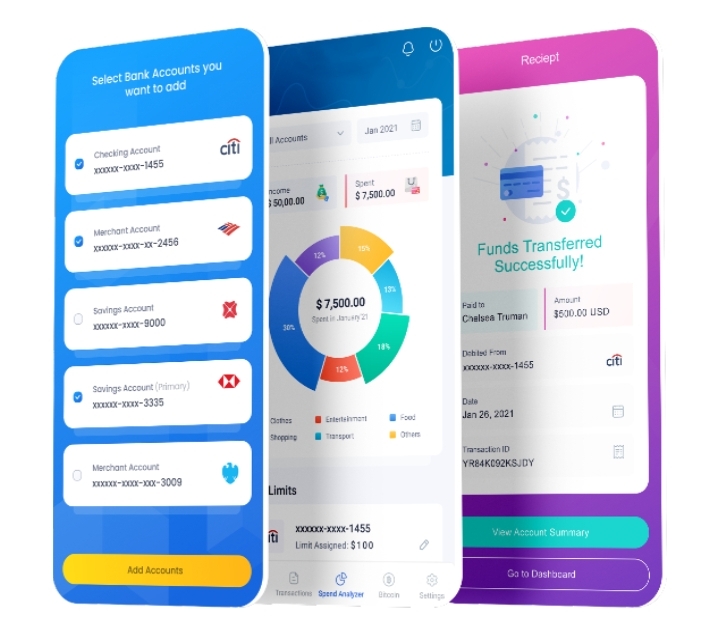
In today’s rapidly evolving technological landscape, businesses are under constant pressure to innovate, adapt, and modernize their systems. One significant trend that has emerged in response to this demand is the use of low-code platforms for application development. These platforms empower businesses to create, deploy, and manage applications with minimal hand-coding, making the development process faster, more efficient, and accessible even to those with limited coding expertise.
The Rise of Low-Code Platforms
The demand for quick, efficient, and scalable solutions has paved the way for the rise of low-code platforms. These platforms are designed to simplify the complex process of application development, allowing organizations to respond to market changes swiftly. The ability to drag and drop components, automate workflows, and leverage pre-built templates makes low-code platforms an attractive solution for many businesses.
Low-code platforms for application development offer several advantages, such as reducing the development time, minimizing errors, and lowering the overall cost of application development. Furthermore, these platforms are versatile, catering to a wide range of industries and use cases. From automating internal processes to creating customer-facing applications, low-code platforms provide a flexible and scalable solution that can grow with the business.
Enterprise Application Development: A New Frontier
As businesses expand, the need for robust, scalable, and secure enterprise applications becomes paramount. The traditional approach to enterprise application development, which often involves lengthy development cycles and substantial resources, is increasingly being challenged by low-code platforms.
Enterprise application development platforms are now leveraging low-code technology to provide a more agile approach to building enterprise-grade applications. These platforms enable organizations to develop applications that are not only tailored to their specific needs but also capable of integrating with existing systems and scaling as the business grows.
The flexibility offered by these platforms is invaluable, especially in industries where rapid deployment and continuous innovation are critical. For instance, financial institutions, healthcare providers, and government agencies are increasingly turning to low-code platforms to build and deploy applications that meet stringent regulatory requirements while also providing a seamless user experience.
Moreover, these platforms empower non-developers, such as business analysts and project managers, to contribute directly to the development process. This democratization of development helps bridge the gap between IT and business units, fostering better collaboration and ensuring that the final product aligns more closely with business objectives.
Modernizing Legacy Applications with Low-Code Platforms
Legacy systems, while often reliable, can become a significant hindrance to innovation and growth. These systems are typically built on outdated technologies, making them difficult to maintain, integrate with modern solutions, or scale according to the needs of the business. This is where legacy application modernization with low-code platforms comes into play.
Modernizing legacy applications is no small feat, but low-code platforms provide a viable solution. By using a low-code platform, organizations can gradually transition from legacy systems to modern applications without the need for a complete overhaul. This approach reduces risk, minimizes downtime, and allows for a more controlled and strategic modernization process.
One of the key benefits of using low-code platforms for legacy application modernization is the ability to maintain the core functionality of the legacy system while enhancing it with new features and capabilities. This hybrid approach ensures that the business can continue to operate smoothly while gradually phasing out outdated components and replacing them with modern, scalable solutions.
Additionally, low-code platforms offer robust integration capabilities, making it easier to connect legacy systems with modern applications, third-party services, and cloud-based solutions. This integration is crucial for businesses looking to create a cohesive IT ecosystem that supports their digital transformation goals.
Best Practices for Leveraging Low-Code Platforms
While low-code platforms offer numerous benefits, it’s essential to approach their implementation strategically to maximize their potential. Here are some best practices to consider when leveraging low-code platforms for application development and legacy modernization:
Start Small, Scale Gradually: Begin with smaller, less critical applications to gain experience with the platform. As your team becomes more comfortable, gradually scale up to more complex projects.
Involve Stakeholders Early: Engage both IT and business stakeholders from the outset to ensure that the platform aligns with business goals and technical requirements.
Focus on User Experience: Prioritize the end-user experience when designing applications. A well-designed user interface can significantly enhance adoption rates and overall satisfaction.
Ensure Robust Security: While low-code platforms simplify development, it’s crucial to implement strong security measures to protect sensitive data and comply with regulatory requirements.
Plan for Integration: Consider how the new application will integrate with existing systems. Proper planning can prevent future issues and ensure a seamless user experience.
Continuous Learning and Improvement: Low-code platforms are constantly evolving, so it’s essential to stay updated with the latest features and best practices. Encourage your team to continuously learn and improve their skills.
The Future of Low-Code Platforms
The future of low-code platforms looks promising, with continued advancements in artificial intelligence, machine learning, and automation set to further enhance their capabilities. As these platforms become more sophisticated, they will play an increasingly vital role in enabling businesses to innovate rapidly, adapt to changing market conditions, and modernize their legacy systems.
The integration of AI and machine learning into low-code platforms will allow for even greater automation, predictive analytics, and intelligent decision-making. This will empower businesses to create smarter applications that can adapt in real-time to user behavior, market trends, and operational data.
Furthermore, as businesses continue to embrace digital transformation, the demand for low-code platforms will only grow. Organizations will seek out platforms that offer not only the ability to develop applications quickly but also the flexibility to scale, integrate, and innovate.
conclusion
low-code platforms for application development are revolutionizing the way businesses approach software development. By leveraging these platforms, organizations can streamline their development processes, enhance collaboration between IT and business units, and modernize their legacy systems without the need for costly and time-consuming overhauls. As the technology continues to evolve, low-code platforms will undoubtedly become an indispensable tool in the digital transformation toolkit.
